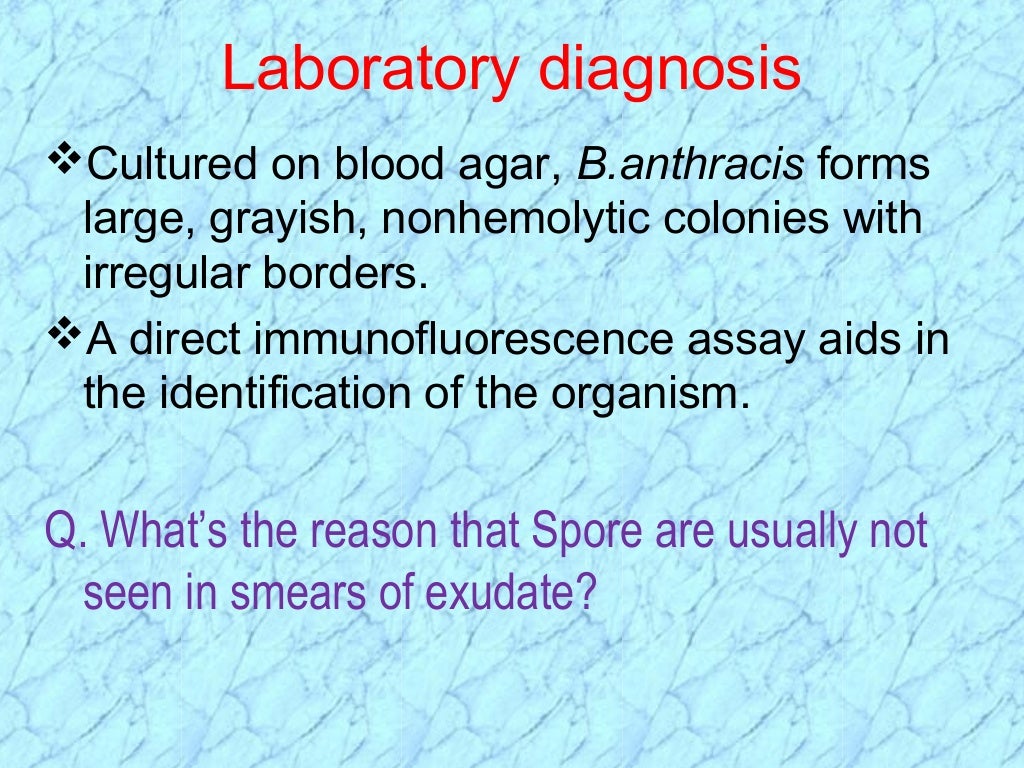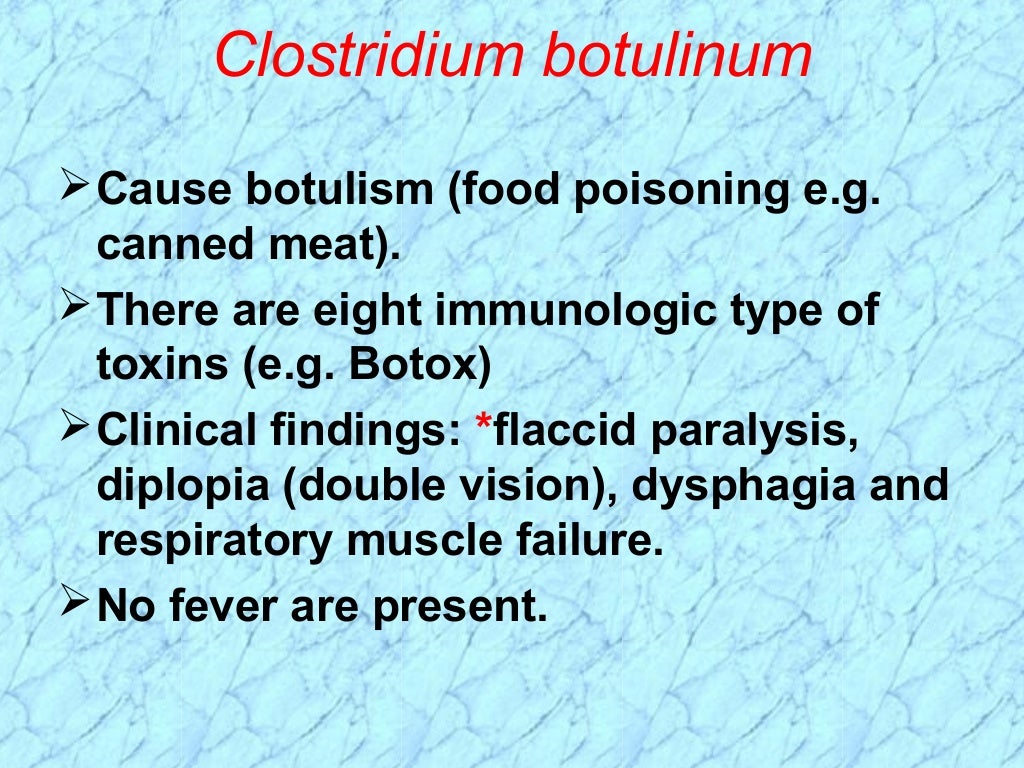

(Reference Bioburden Routine Testing Tech Tip)
#Spore forming test iso#
Per ISO 11737-1, C.1.4.1, bioburden that is adjusted for recovery is understood to more accurately represent the bioburden of the product. This is referred to as a bioburden estimation and is used to account for the incomplete removal of native bioburden from the product.

The CF is a multiplier derived from the validated test method and applied to the viable count recovered in a bioburden test. Perform three more extractions and assays.Ĭompare counts from the 1st rinse to the total four rinses value.įirst rinse recovery efficiency = 130/176 = 74% Place product in a jar with sterile extraction fluid, sonicate and shake the jar. This approach is not suitable for certain product types that dissolve or are suspended such as powders or gels. Efficiency is calculated by comparing the total number of colonies recovered from all rinses to the first rinse. After each rinse, a measure of viable bioburden extracted is made. In this method, product samples are repetitively rinsed up to five times. Repetitive (exhaustive) recovery is an additional option for determination of recovery efficiency. Repetitive Method Bioburden Recovery Efficiency Single-rinse recovery efficiency = 105/125 = 84% Place the product in the jar with sterile extraction fluid sonicate and shake the jar.Īssay the extraction fluids for colony forming units (CFUs) and compare the count obtained from the product to that of the inoculum population.ĬFU recovered in one rinse of the product = 105 Inoculate the product with approximately 100 Bacillus spores. It is typically used for products with low levels of native bioburden where repetitive extraction could yield no measurable counts. This is the preferred method as there is a known starting population. The recovery efficiency is calculated by comparing the colony count of the target microorganism recovered to the positive control. Typically, a spore-forming microorganism, such as Bacillus atrophaeus, is spiked directly onto the device in a liquid suspension and allowed to dry, to simulate product bioburden.

Inoculated Method Bioburden Recovery Efficiencyįor the inoculated method, product typically has low bioburden or is pre-sterilized to remove the impact of other competing microorganisms from obtaining an accurate count of the inoculated organism. Rationale for choosing a particular validation technique should be documented NOTE: Prior to initiation of RE, it may be necessary to perform preliminary experiments to determine the technique to be used. There are two acceptable methods for the measurement of the recovery efficiency according to ISO 11737-1: Inoculated recovery and repetitive extraction, sometimes referred to as exhaustive recovery. This efficiency is used to provide a numerical value called the Correction Factor, which is applied to the product bioburden. It is intended to provide an assessment of the efficiency of the extraction technique to remove viable microorganisms from a product. Recovery Efficiency (RE) is an important part of the validation of the bioburden test method. Radiation Request Form Submittal Guidelines.Sterile Barrier Integrity and Seal Strength.Method Development and Validation Services.Radiation Sterilization Validation Services.Sustainable EO ® Sterilization Services.Jain D, Sunda SD, Sanadhya S, Nath DJ, Khandelwal SK (2017) Molecular characterization and PCR-based screening of cry genes from Bacillus thuringiensis strains. Jain D, Kachhwaha S, Jain R, Kothari SL (2012) PCR based detection of cry genes in indigenous strains of Bacillus thuringiensis isolated from the soils of Rajasthan. Juárez-Pérez VM, Ferrandis M, Frutos R (1997) PCR-based approach for detection of novel Bacillus thuringiensis cry genes. In: Bacillus thuringiensis and Lysinibacillus sphaericus. Rabinovitch L, Vivoni AM, Machado V, Knaak N, Berlitz DL, Polanczyk RA, Fiuza LM (2017) Bacillus thuringiensis characterization: morphology, physiology, biochemistry, pathotype, cellular, and molecular aspects. United States, Department of Agriculture, Washington, DC Gordon R, Haynes WC, Pang CHN (1973) The genus Bacillus.


 0 kommentar(er)
0 kommentar(er)
